How Is Plastic Surgery Different for Asian Men and Women?
Both in Asia and in the U.S., people with Asian facial features are rapidly developing favorable attitudes towards the surgeon’s knife.
No longer plastic surgery is a big taboo—or treason towards the traditional culture—which means that the number of procedure requests is growing faster than the market is able to adjust.
The biggest issue plastic surgeons across the world are currently facing is the fact that Asian plastic surgery is significantly different from traditional Caucasian procedures. Not only the requests are different, but the goals and expectations come from an entirely different place, too.
In this article, we’re set out to highlight the key differences between Asian and traditional Caucasian plastic surgery.
Why Do Asians Go Under the Knife?
In our recent analysis of the plastic surgery surge in China and among Chinese demographics across the world, we’ve discovered that the motivations behind their decisions are often practical, not emotional.
In China, for example, it is not a secret that a better appearance will translate directly into better career opportunities. It is not uncommon for Chinese employers to list aesthetic requirements for positions that do not rely primarily on a candidate’s appearance.
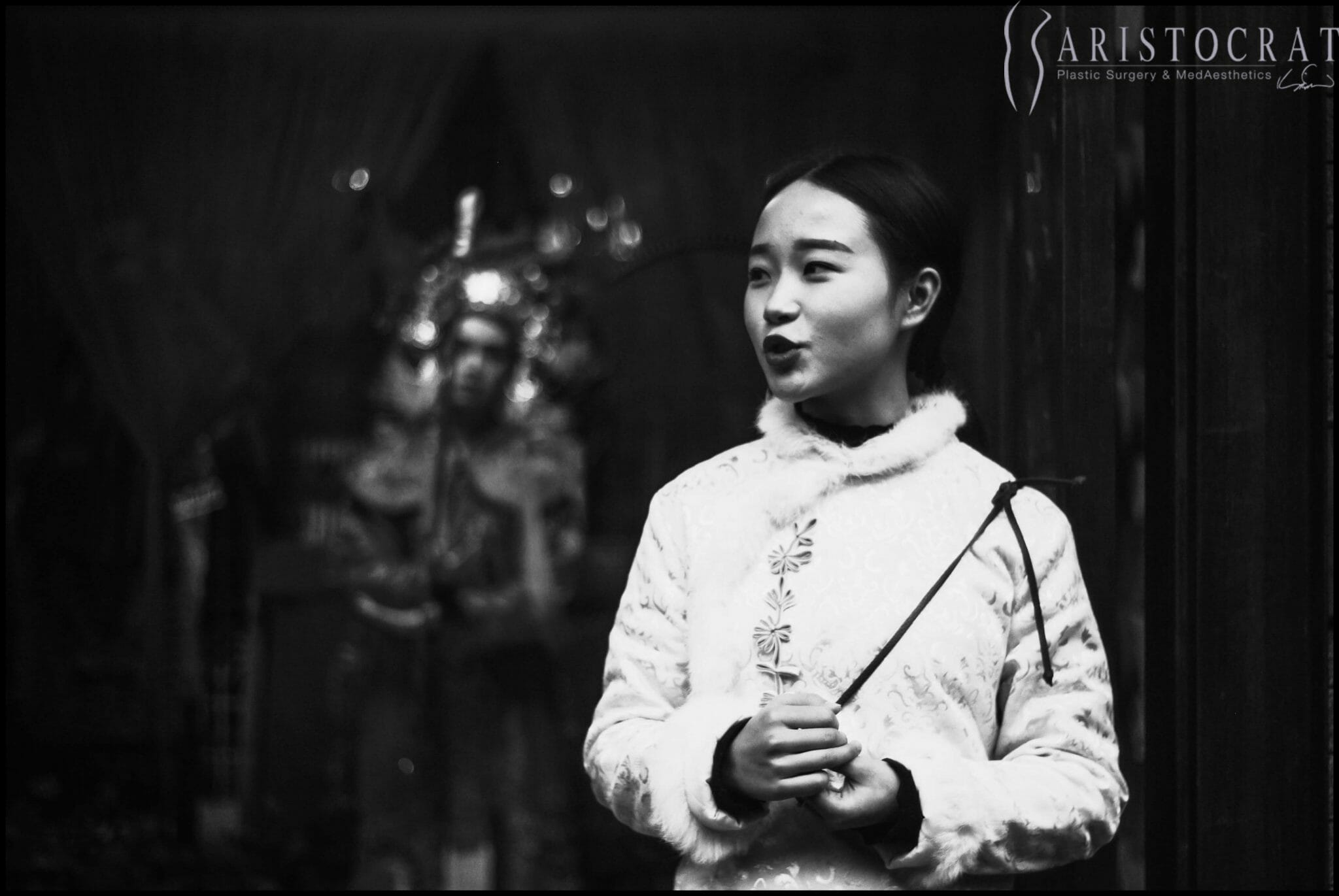
Employment agencies in China go a step further, organizing “demonstrations” that could be difficult to tell from a stereotypical fashion show or a beauty contest—with employers, as spectators, being able to evaluate all the expertise on display.
In the U.S., we’ve found, the situation is similarly cutthroat, even if somewhat beneath the surface. Several major statistical studies and surveys shows that employees of Asian descent are the least likely demographic to get promoted to management and executive positions. Sleepy eyes, it seems, is not the most desirable trait in the workplace, however unfair.
“Just Like Getting a Haircut”
For American women, the decision to go under the knife is a serious and prolonged process. Sometimes, it takes months—and even years—of careful deliberation before it comes to fruition.
Given the uber-practical and no-taboo nature of Asian plastic surgery, Chinese and other Asian patients don’t make a big deal out of the whole thing.
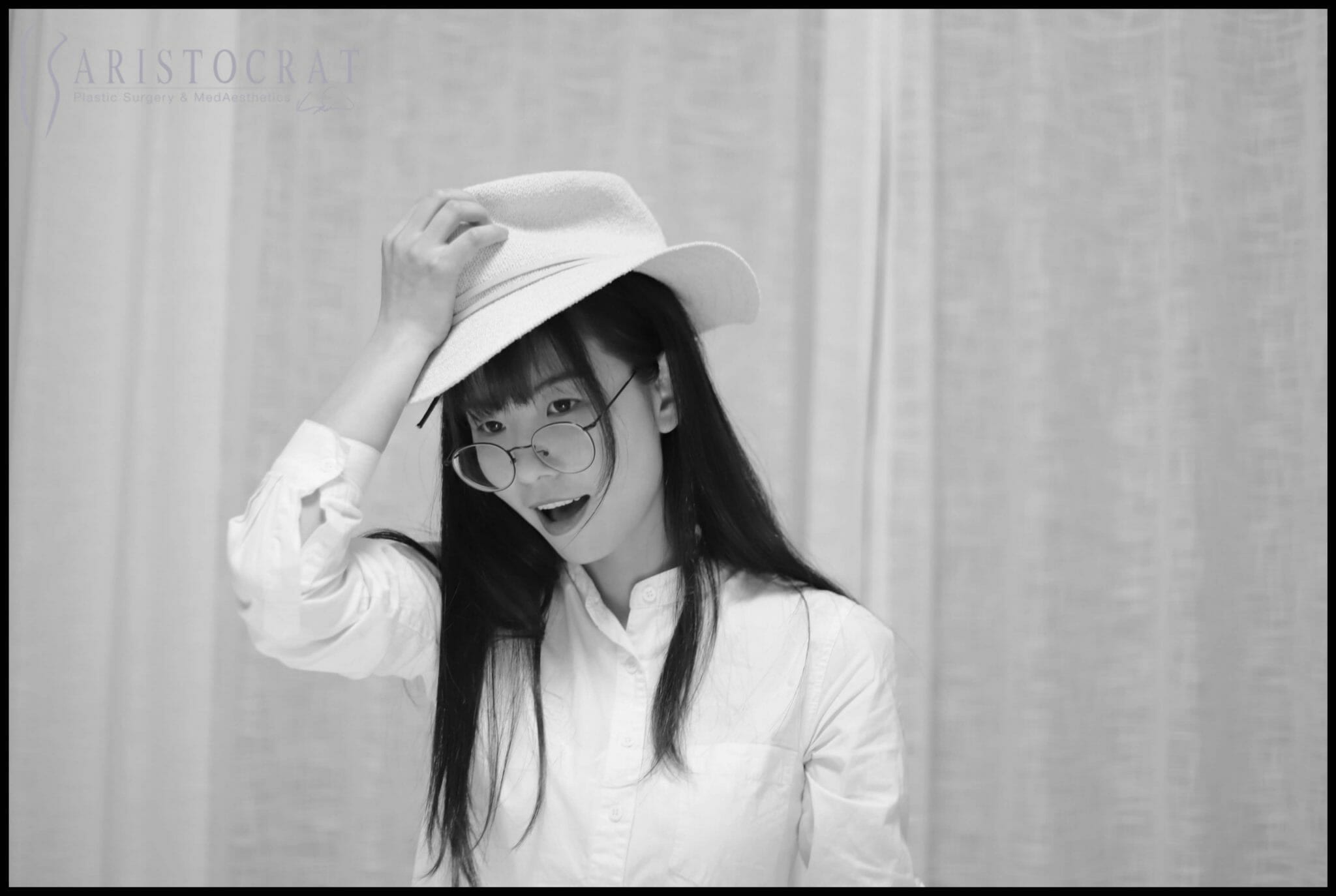
Let’s take the case study of Sharon Lu, a 24 year – old college graduate in Beijing. “It was out of an impulse” — that’s how she described her decision to transform her look to make her eyes look bigger and brighter.
When the day had come, Lu’s plastic surgeon made one cut to each of her upper eyelids with a scalpel. Less than three hours later, Sharon walked out of the surgery room, and she discovered that her eyes were a bit swollen; the skin above her brows accommodated the newly formed creases that about that over half the people in East Asia are born without—hence the high demand for the procedure.
“It was as easy as getting a new haircut,” Sharon said, adding that “many of my friends have had the operation. It’s a perfectly normal thing.”
Going from a controversial procedure to common practice, the double eyelid operation, or Asian blepharoplasty is a procedure that adds a fold in the eyelid that makes the eye seem more pronounced and highlighted. It also makes the eyes look bigger.
In China, surgeons emphasize that the number of eyelid operations has skyrocketed; most of them attribute the shift to the rising incomes, growing social acceptance, and the long-existing beauty standard that favors wide-open eyes.
Mom, Can I Have the Nose Job, Please?
Many Asian parents are willing to spend a few thousand dollars to make their daughters appear more attractive.
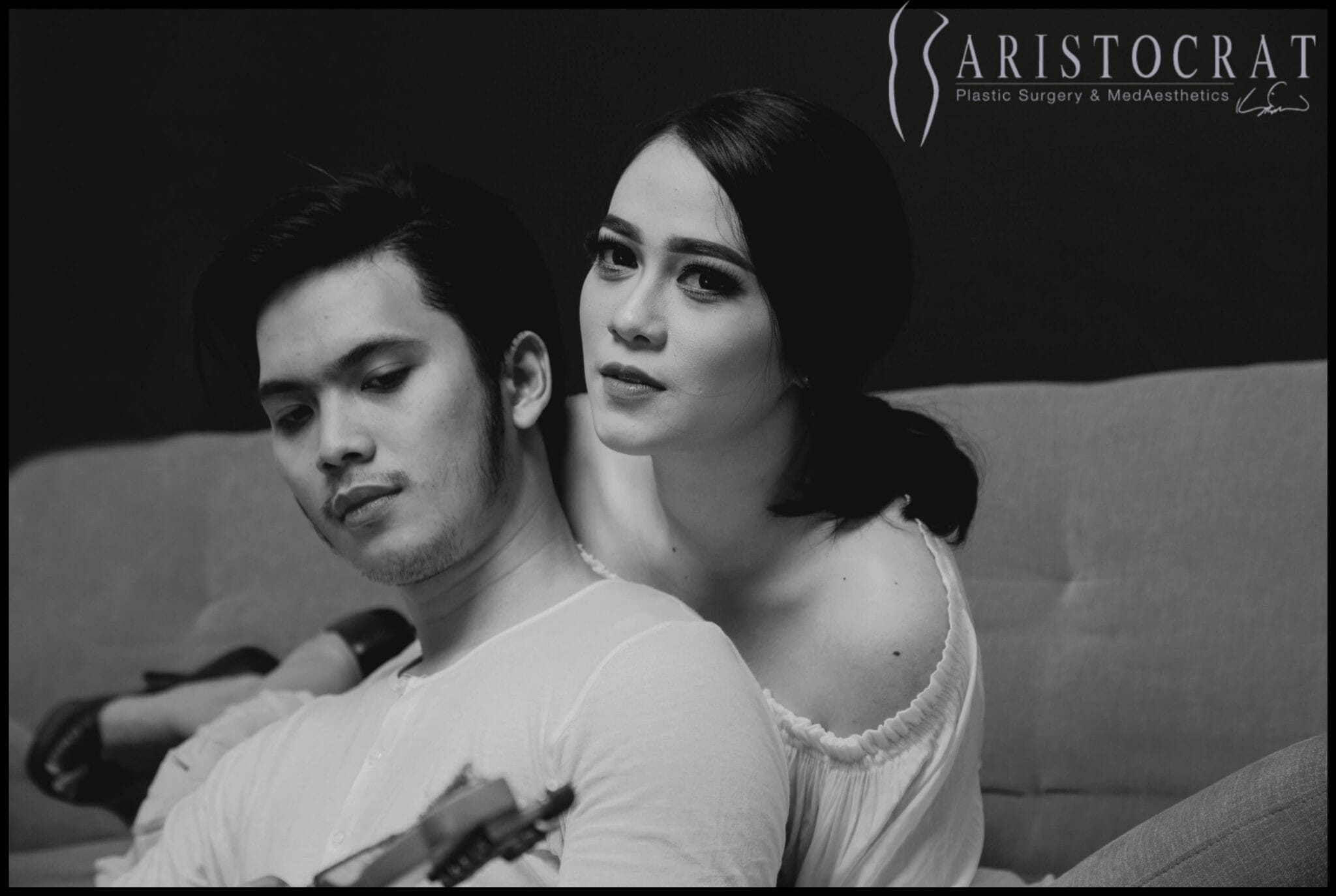
According to HSBC research, it was reported that more than 7 million Chinese nationals had plastic surgery in the year 2014, and the market is set to double to over $116 billion in 2019.
A 57-year-old plastic surgeon by the name Ma Lanhua in Beijing, performed about three eyelid operations every month back in 1987 when she had just began her career, but today that number has increased to over 250%, meaning that she does roughly five surgeries daily.
In an interview with HSBC, the doctor said that “in the past, almost no parent would say yes to the surgical procedure, so eventually most young people had to do it secretly.” She added that “nowadays girls are being brought to my clinic by their parents.”
According to an anonymous web report, it was gathered that in China, students hope to perform better in their job interviews by going under the knife. As reported by the Chinese News Service, as graduation draws closer, many of the clinics in China are filled with young girls who want to upgrade their appearance in hopes to fit in better in the modern workplace.
Over 4 million Chinese young women have gone under the knife, another study shows. One student who underwent cosmetic surgery was quoted as saying, “A lot of people talk about ‘Plastic Surgery’ as something scary, but the actual procedure is effortless. This is not just to look more beautiful, but it’s more about investment for building up a family and a stable career.”
Which Plastic Surgeries are Most Popular among Asians?
Unsurprisingly, it is the good old facelift that gets the most attention among the Asian demographics across the world. If the goal is to look more Westernized, then a facelift is the most direct route.
However, as you might have noticed, Asian patients do come with a unique set of facial features, which makes the surgical techniques and aesthetics goals for the Asian almost an entirely different ball game.
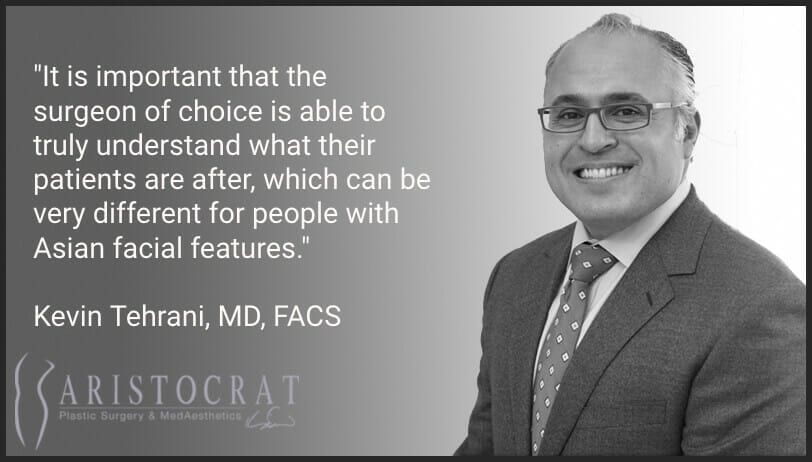
At the same time, the popularity of the surgeon’s knife is on a meteoric rise among Asian demographics, which means that the surgeons themselves need to adjust and reevaluate their approach.
By patients of Asian descent, it is expected that the surgeon will understand the unique cultural motivation required to perform such procedures.
Among South Koreans, for example, facial contouring is extremely popular and includes processes such as the V-line Jaw shaving, a procedure that softens the angles of a square jaw—something that many associate with the traditional Asian appearance—while creating a daintier chin.
The process that is mostly used to treat severe underbites and other deformities is called the “Double Jaw Surgery”, a procedure also used for reconstructive purposes, where the jaw of the individual is broken and pulled back while the maxilla—the upper jaw bone—is also cut and pulled forward, to give an idealized mini–chin.
The Asian Perspective on Beauty
Beauty, in its entirety, is subjective, making it somewhat difficult to provide a single description of Asian facial beauty. Some facial characteristics, however, are regarded as favorable: large, bulgy eyes, a wide and pointy nose, an oval facial shape, a smooth jawline.
Naturally, some facial traits have developed as unfavorable. These include square jaw with prominent mandibular (jawline) angles and high cheekbones. Many Asians associate negative looks with “flat” silhouettes and “squared” jawlines.
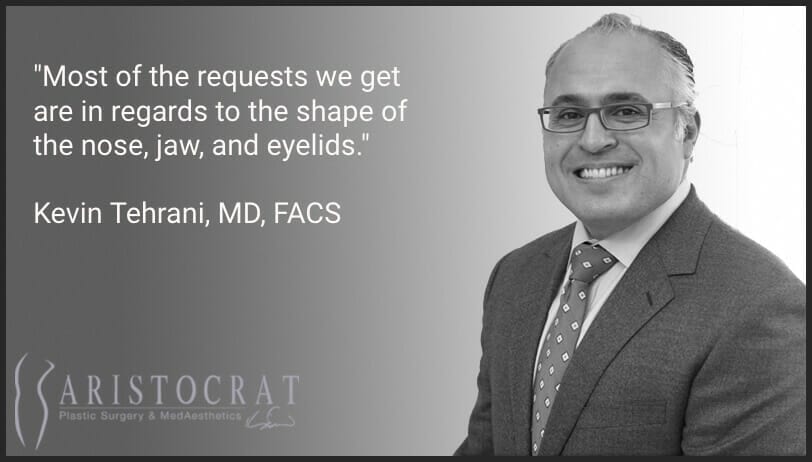
The Procedures are Different, Too
Asian women are not strangers to cosmetic procedures, and they often refer to rhinoplasty and blepharoplasty as “the basics” because they are so prevalent that no one bats an eye if you’ve had one of them, or both, done.
The reason why Asians seek cosmetic procedures is that they find more of a westernized appeal that is what they see in the American culture. In Asia, women with strong jawlines, bumps on the nose, masculine looking foreheads are often considered too “harsh” because of their appearance.
Below are the most popular cosmetic procedures popular among the Asians
Double Eyelid Blepharoplasty
The blepharoplasty patients in Asia often seek out the process with the primary intention of having their eyes transformed and made round but should also maintain their Asian characteristics.
According to our Dr. Tehrani, one of the most popular plastic surgery procedures among the Asian women is the eyelid surgery, because a large percentage of their women are born without a fold or crease in their upper eyelid, a distinctive Asian feature they’d like to get rid of.
Jaw Softening, aka V-line Jaw Surgery
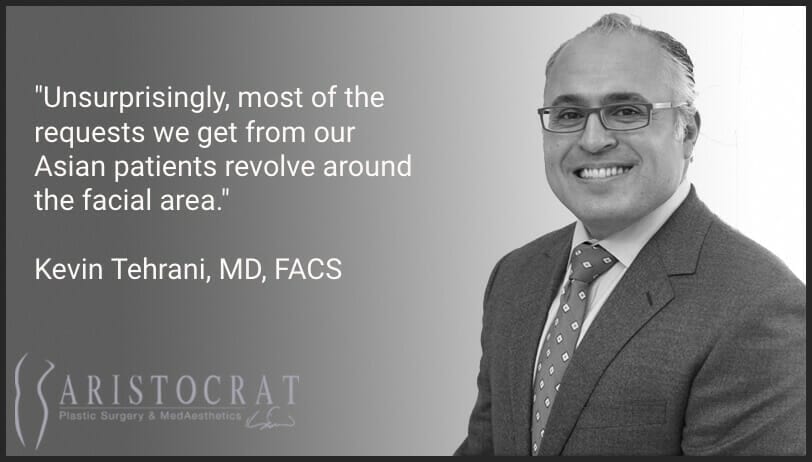
Jawline surgery is becoming increasingly popular among Asian women. An oval–shaped face has always been considered attractive, soft and feminine.
This particular procedure is known to be extremely invasive; it also necessitates up to one-month healing, and is said to produce outstanding results. That shouldn’t come as a surprise: in plastic and cosmetic surgery, the more invasive the procedure, the more dramatic the end result.
Rhinoplasty
Many Asian women often seek out rhinoplasty compared to Caucasians, because it ranks as one of the most commonly performed procedures in Asia. Asians naturally possess broader, flatter noses, which many of them consider to be an exclusively Asian, non-western look.
Rhinoplasty procedures can be very different from one another, but the end goal for most Asian patients is to have their nose projection increased, while making the nose more narrow. Many consider an upturned nose tip to be an attractive trait.
Calf Reduction
A high percentage of the women in Asia are so concerned about the bulkiness of their calves, and they desperately want to take it off or to reduce it.
To apply this procedure, plastic surgeons often inject the muscles with Botox. They also block the nerve with radiofrequency energy ablation or even cut the tissue – all of these methods thin out the calf, thereby making their legs to appear longer.
Smile Lipt (The Permanent Smile Surgery)
As compared to the Caucasians, many Asian women have a notion that when the outer corners of their mouth is upturned they often tend to look happier and more attractive. The procedure that helps them achieve this is popularly known as the Smile Lipt, named sarcastically in regards to the stereotypical pronunciation.
The reason why this surgical procedure is done is to lift and curl the mouth. The facial muscles that give optimum support to the mouth are manipulated in a way that they are strengthened to provide a permanent lift in the jaw area. Even when the patient isn’t smiling, the mouth will always appear as though it is.
Liposuction
This procedure is prevalent among Asian women; this procedure can get rid of stubborn pockets of fat that do not respond to balanced diet and workout routine. For the Asians, their arms and waist areas often absorb most of the fat in their body.
Dr. Tehrani, for example, pays particular attention to avoid any unfavorable scars during the liposuction procedure because of the scaling tendency of the Asian patients.
Other areas that may require liposuction include the inner thigh and the outer thigh, the calves and the back also included. This technique often involves injecting a blended mix of local aesthetic, adrenaline, and saline just under the patient’s skin.
These procedures have a significant advantage over more major ones, which is that there is very little bruising and pain after surgery. Dr. Tehrani makes use of the smaller area for liposuction with only minimal scarring that is barely visible a few weeks after the procedure.
The process is often performed in just a few hours; this means that after the liposuction procedure patients can go home the same day. Most people who go through this type of cosmetic procedure can eventually go about their normal activities in just a couple of days.
Final Verdict: Asian Plastic Surgery Is a Different Type of Beast
To an untrained eye, it can seem that the surgeon’s knife doesn’t discriminate, and that the procedures are more or less similar to one another, no matter the ethnicity of the patient.
However, Asians tend to go under the knife for different reasons, compared to Caucasians. Many consider plastic surgery an investment into their professional and personal lives, and are very specific about the changes they’re after.
Different motivations spawn unique expectations, and it comes down to the surgeon’s qualifications to be able to understand these expectations. The first step to patient satisfaction is always being able to hear what they’re saying and truly understand the vision they have.
Here at Aristocrat Plastic Surgery, we are proud to have led hundreds of Asian patients through their transformational journeys. Join us, and we’ll help you achieve your goals, too.

